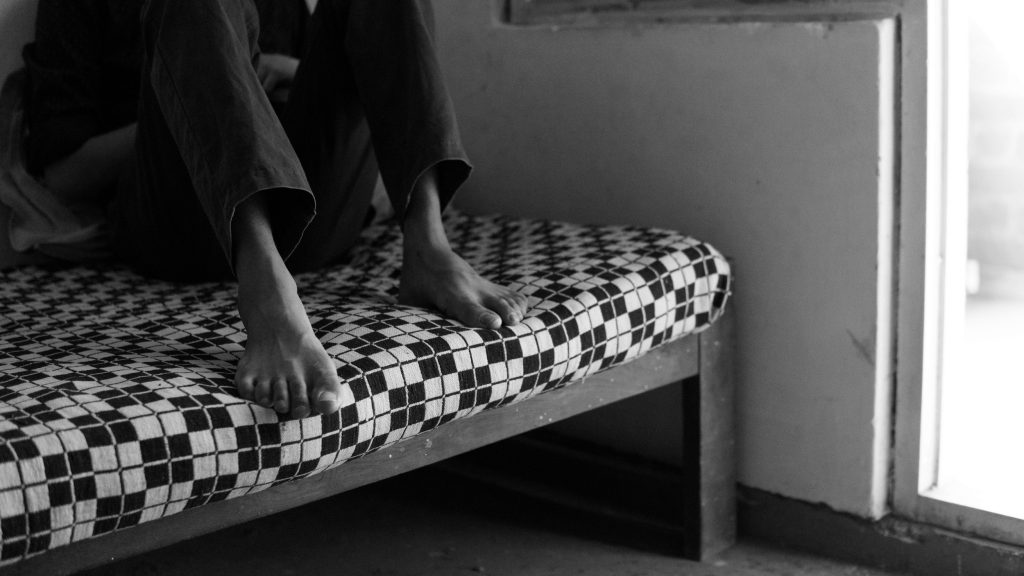Smriti Malhotra
Within the vibrant and patterned tapestry of Punjab’s cultural heritage, lies a multifaceted textile tradition called Khes weaving. For years, women of the state have been weaving beautiful khes creations to be taken away with them to their future homes once they are married. The khes can be used as a quilt, as coverings, as a coverlet, canopy, made for furnishings and can even be used as a shawl or cover-all. In the olden days, the khes was handspun by the older women of a family, made with colourful threads weaved in beautiful patterns. They reflected the unconditional love and warmth of mothers which are given to daughters.
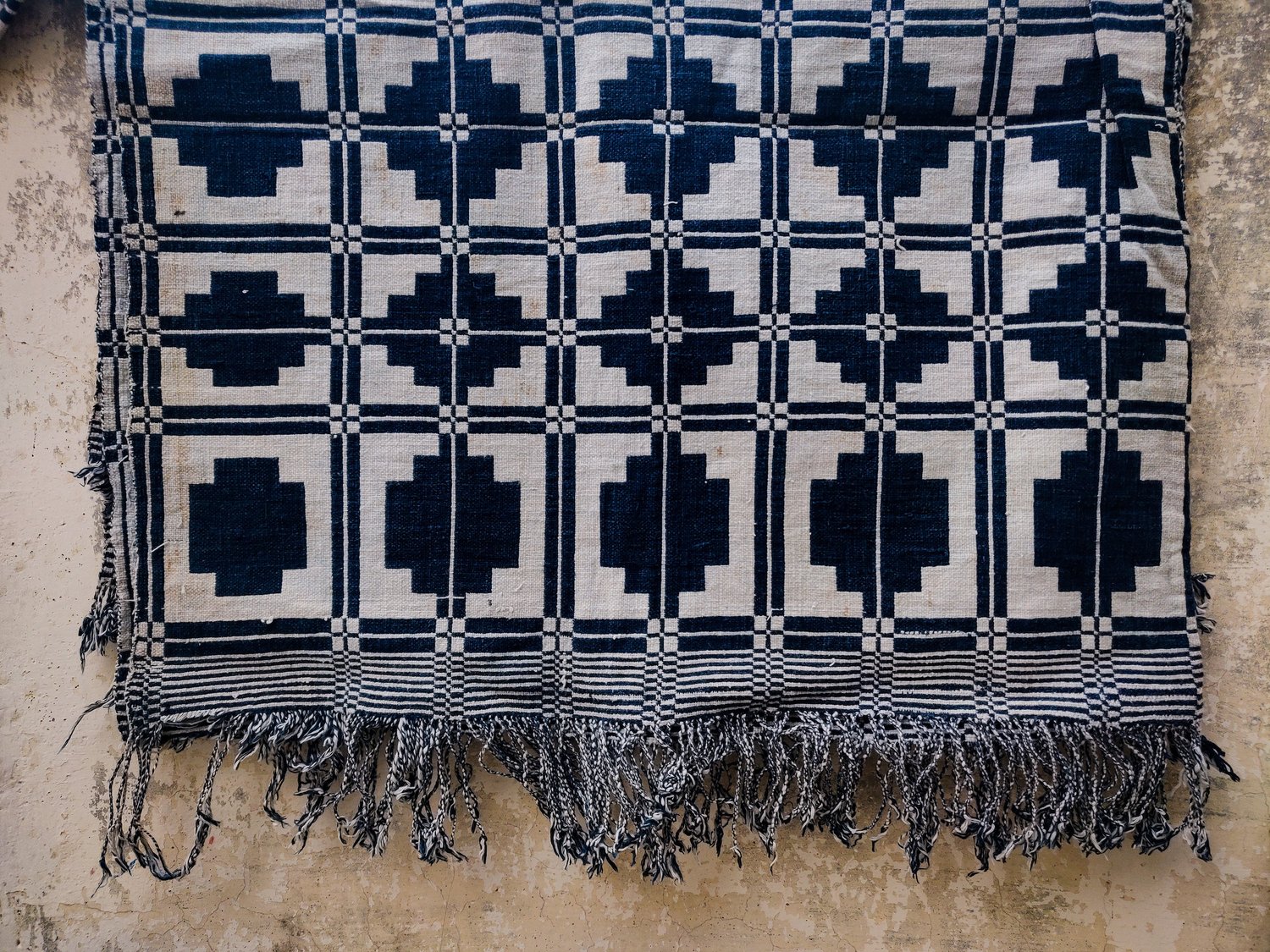
Before we dwell on the makings of a khes, let’s define it, a khes is a coarse cotton coverall that is woven in the eastern and western parts of Punjab as well as the Sindh region in Pakistan. One of the many textile traditions that we share with our long-lost neighbour. There are various different types of khes and the styling of weaving them that can be found in Punjab and Pakistan.
Khes-istory
History of Khes Making:
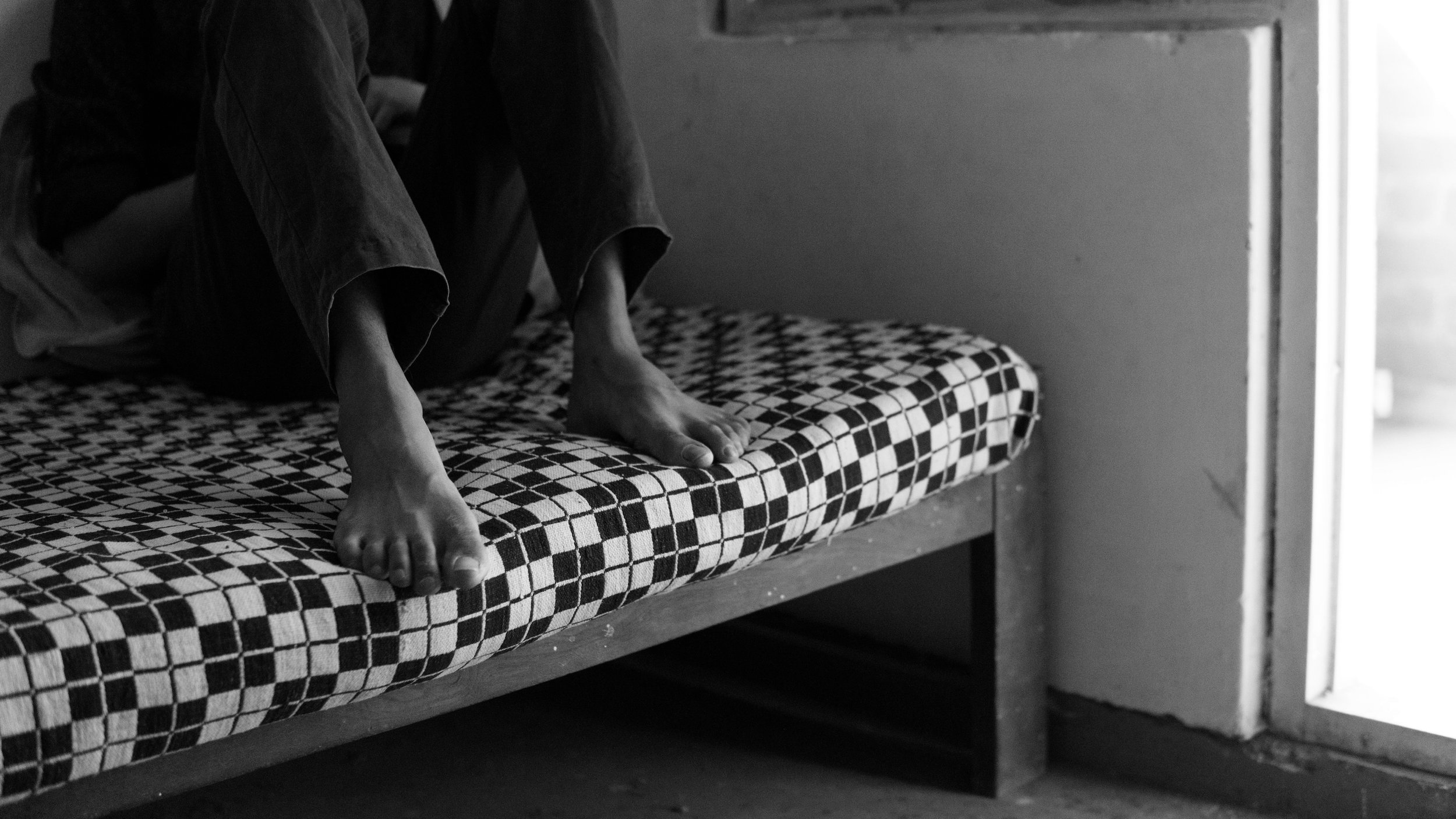
Khes has been believed to have evolved from the Mughal period, it has added many patterned geometric weaves within its repository, some of the designs are coiled and/or braided into a piece. The patterns however that you see in khes mark a great resemblance to the patterns we have seen in the pottery discovered at Indus Valley Civilisation. The partition also has influenced the making of a khes, with many variations that entered the design palette from Pakistan and vice-versa.
K(c)ontemporary Khes-Making:
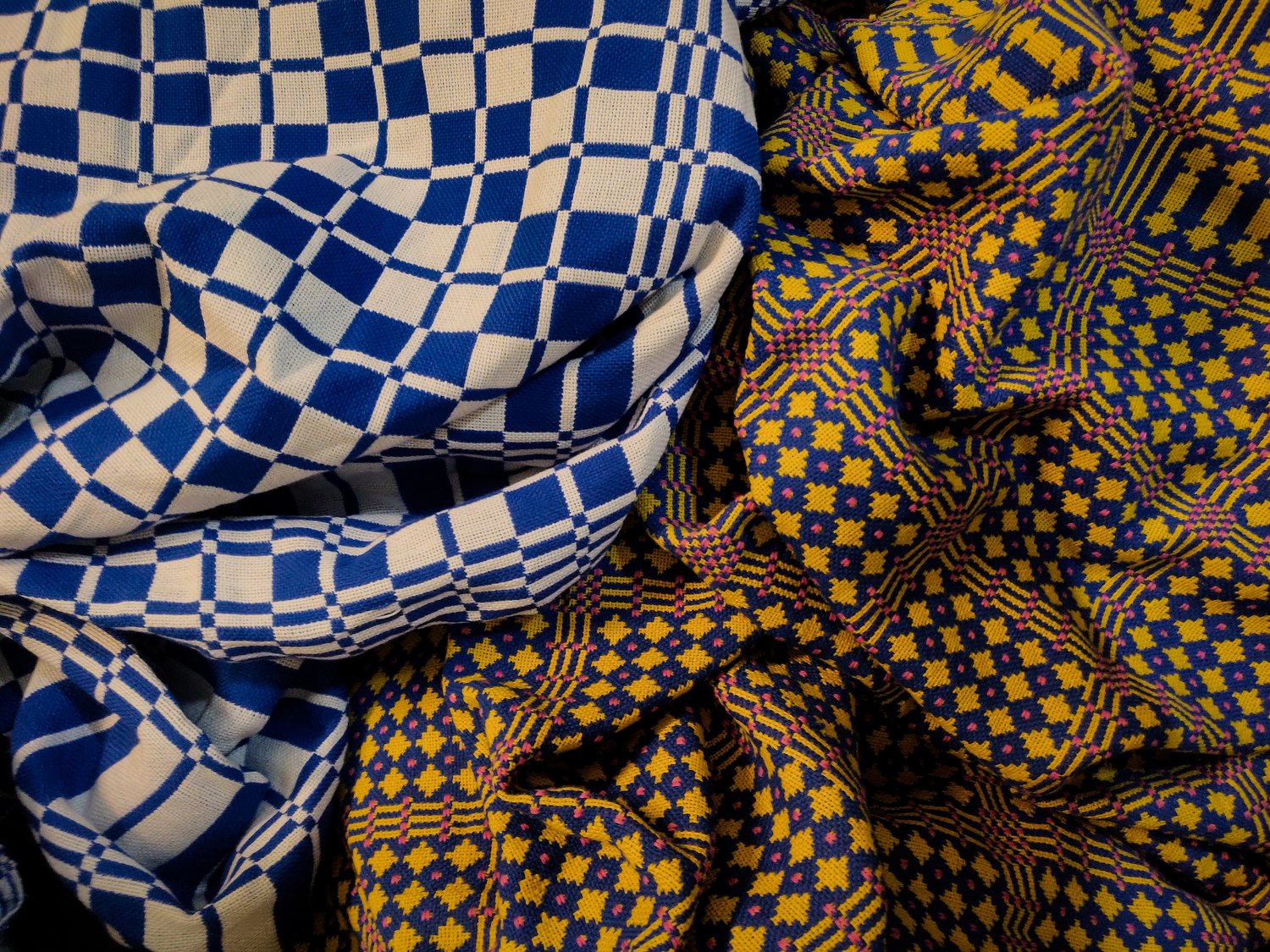
In recent times, we have seen khes to be continued to be made with traditional geometric designs only in pit looms in twill or plain weaves. Woven in four pairs, end to end and then stitched together for the desired width. A khes with two panels joined measures about 2 metres in length and 1.5 metres in width. The usual colours that we see now being used are yellow, red, black, green, blue and black.
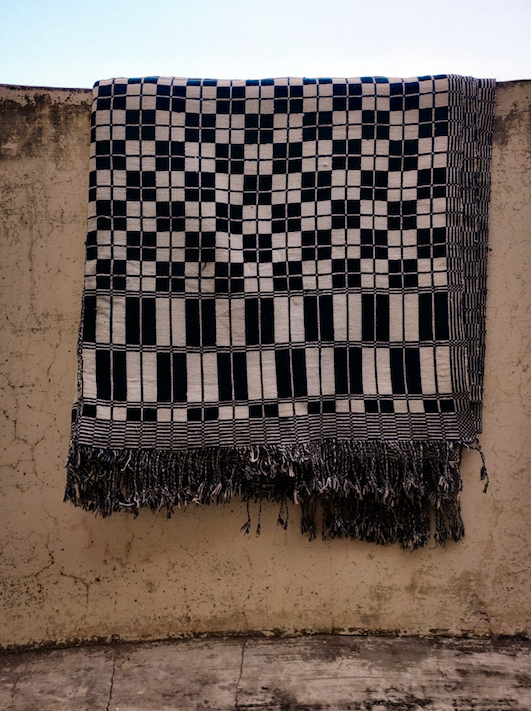
What was once a personal and household craft blossomed into a commercialised piece of Indian textile that at one point many cities across Haryana and Punjab and even Pakistan weaving it. There were many craft clusters dedicated to the making of khes who were even innovating the design template of khes. So much so that post the partition of the country, 150 were set up in 1980 in Panipat to only weave Khes in the city. However, the situation lately hasn’t been the best, as families struggle to make a living simply through khes weaving. Families and craft clusters aren’t able to make ends meet financially through this craft. It is a craft that is only practised by a handful of people and is consumed far less.
Khes-weave-ing
Process of Making a Khes:
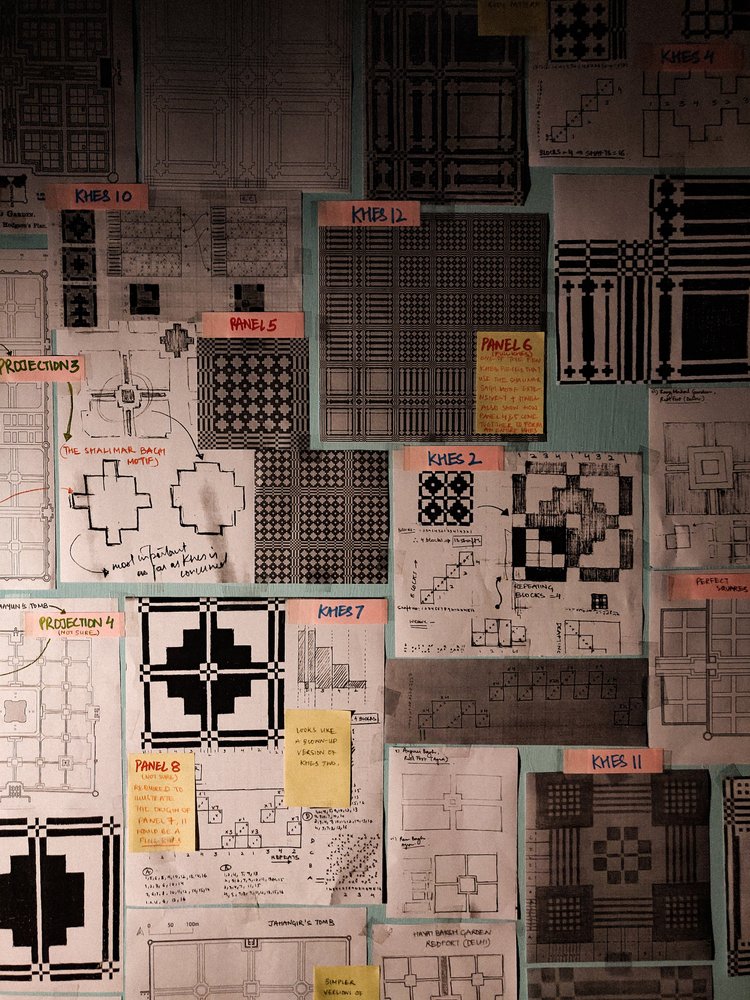
The making of a Khes is a labor of love, requiring immense patience, dexterity, and an eye for detail. The process begins with selecting the finest raw materials, with craftsmen often sourcing wool from the local sheep and cotton from the fertile fields. Silk, renowned for its luxurious feel, also finds its place in some exquisite Khes creations.
The chosen fibers are then skillfully spun into yarns, each strand humming with potential. Weavers, their nimble fingers dancing across the loom, meticulously interlace these threads, creating intricate patterns and motifs. The warp and weft meet, forming a symphony of colors, textures, and stories, as the Khes gradually takes shape. Artistic sensibilities come alive during the dyeing process, where natural pigments derived from plants, flowers, and minerals are used to infuse the Khes with a kaleidoscope of hues. The dyes blend harmoniously, giving birth to a vibrant masterpiece, radiating the spirit of Punjab.
Beyond its aesthetic allure, the Khes embodies the essence of Punjab’s cultural heritage. It serves as a testament to the skills and craftsmanship passed down through generations, fostering a sense of community and pride. Each thread tells a story, connecting the weaver, the wearer, and the observer in a timeless dance of creativity. However, barring a few individuals not many know about this weaving, it requires good documentation and research and it needs consumers and good demand. The khes-making is slowly picking up in recent years with many women from Punjab involved in the process but clearly not enough. But one can hope that this textile tradition continues to grow, weaving its socio-cultural notions and reflecting past, present and future reflective of the rich cultural tapestry of Punjab.
Two read more about Indian Handicrafts and textiles click here

